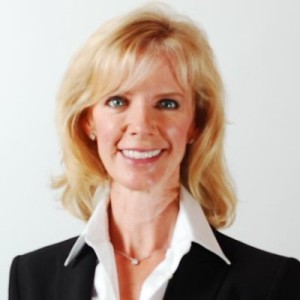Welcome to the forty-ninth issue of CEE News!
I love this time of year. I was born in September and I’ve always felt a special radar for when the Earth is at the autumnal equinox. The sun warms my back instead of my head. I pair a jacket with shorts. It’s a time marked by change and the contradictions that inevitably come with change. In organizations, September often marks the beginning of the annual business forecasting process. Sales teams are pressured to predict top line revenue for next year. Executive teams sequester themselves to make strategic decisions about product life cycles and market share, work through SWOTT (strengths, weaknesses, opportunities, threats and trends) analyses, then buckle their organizations up to achieve long-term initiatives and grand strategies over the next 12 months. Managers are left to perform against 12-month financial forecasts in the form of OPEX (operating expenses) and CAPEX (capital expenditures) that reflect the strategies set by executive teams, with little room for feedback and adjustment. This is a 20th century process that needs to change to meet 21st century reality.
If you’ll soon be engaging in forecasting for the future, consider changing the practices of past in two fundamental ways:
1. Luxury liner versus speedboat
Luxury liners need radar. Speedboats do not. There was a time when business leaders had the luxury of planning 10-15 years ahead. While long-term planning and forecasting led to predictable success from the 1950’s to the 1980’s, the 1990’s brought the rise of technology and globalization.
Stop creating forecasts that extend no further than year end and according to accounting timetables.
Start producing rolling forecasts, with a consistent forecast horizon. Update forecasts based on the potential headwinds and adjust accordingly.
2. Keep tasting the sauce
Even the best forecasts will deteriorate quickly without some form of feedback on their performance. Continuous measurement is needed to calibrate forecast models to take account of shifts in behavior, and to improve them through a process of learning. In business, forecast performance is often not measured at all, and when it is, the wrong techniques and processes are used.
Stop relying on informal approaches to the assessment of forecast quality.
Start routine and frequent measurement of the forecast over 90-day horizons. Focus on detecting bias and questioning assumptions, rather than attempting to measure forecast accuracy.



